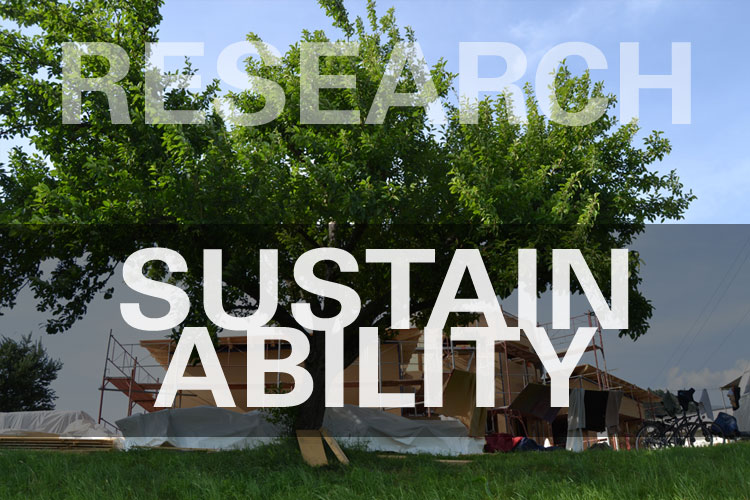Biochar has been presented as a key technology for avoiding dangerous climate change. Pyrolysis converts part of the biomass feedstock into a gaseous fraction, which can be used for energy production. The remaining fraction is char, which is highly stable and resistant to biodegradation. When char is added to soil it increases carbon storage, reduces emissions and improves soil quality. Agricultural residues such as straw, stover and hulls are seen as the most accessible raw material. These residues could also be used as insulation in passive energy housing. Straw bale construction is a relatively simple technology, which has been applied for decades. It can store the carbon of the straw material into walls structures and in the process provides energy-efficient housing.
The climate benefits from improved energy efficiency depending on local conditions and energy production forms. In this study, a life cycle assessment was used to compare the climate impacts of biochar production and straw bale construction. From a life cycle perspective, straw bale construction results in higher net carbon storage than biochar production (3.3 t CO2eq vs. 0.9 t CO2eq/t of straw). However, the result was found to be highly dependent on the assumptions on the overall energy efficiency of the replaced building stock.
Authors:
- Mattila, Tuomas
- Grönroos, Juha
- Judl, Jachym
- Korhonen, Marja-Riitt
Link: http://linkinghub.elsevier.com/retrieve/pii/S0957582012001188


